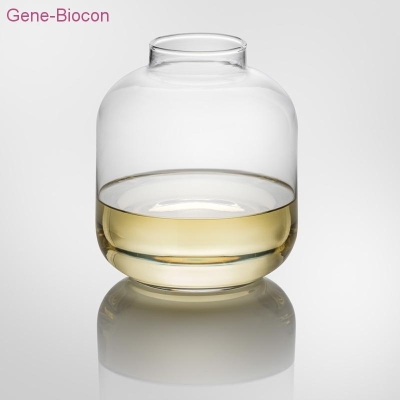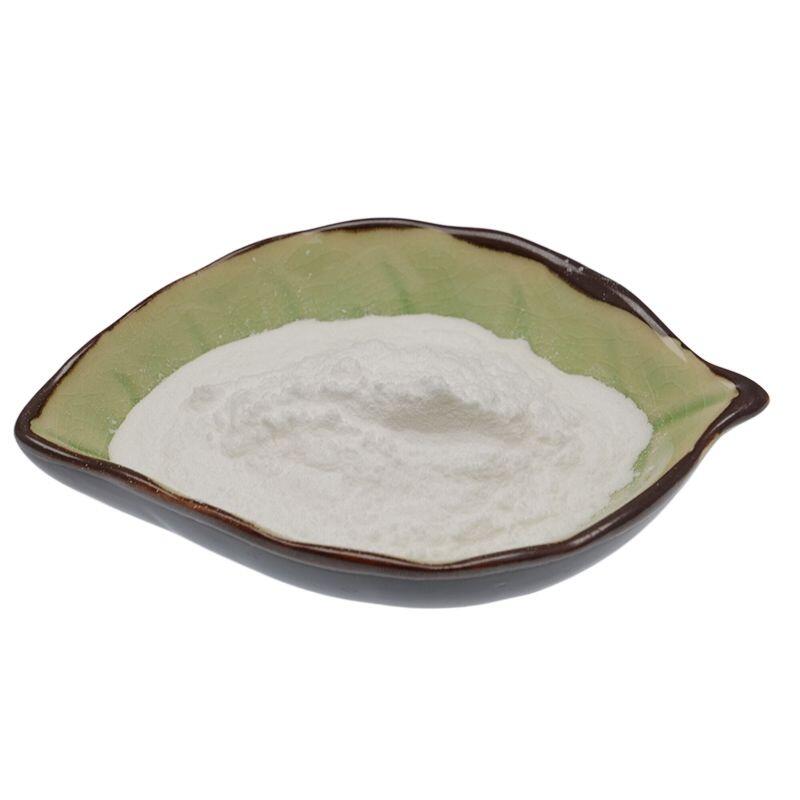-
Categories
-
Pharmaceutical Intermediates
-
Active Pharmaceutical Ingredients
-
Food Additives
- Industrial Coatings
- Agrochemicals
- Dyes and Pigments
- Surfactant
- Flavors and Fragrances
- Chemical Reagents
- Catalyst and Auxiliary
- Natural Products
- Inorganic Chemistry
-
Organic Chemistry
-
Biochemical Engineering
- Analytical Chemistry
-
Cosmetic Ingredient
- Water Treatment Chemical
-
Pharmaceutical Intermediates
Promotion
ECHEMI Mall
Wholesale
Weekly Price
Exhibition
News
-
Trade Service
Spirulina powder is a type of dietary supplement that is made from the dried and powdered form of the spirulina algae.
The production process of spirulina powder involves several steps, including cultivation, harvesting, drying, and grinding.
In this article, we will take a closer look at the production process of spirulina powder in the chemical industry.
- Cultivation:
The first step in the production process of spirulina powder is cultivation.
Spirulina is a type of blue-green algae that is commonly found in warm, alkaline, and nutrient-rich waters.
In cultivation, the spirulina algae is grown in large ponds or tanks that are rich in these nutrients.
The algae is typically grown in a mixture of water and mineral salts, and it is exposed to sunlight for photosynthesis. - Harvesting:
Once the spirulina algae has grown to a sufficient size, it is harvested from the ponds or tanks.
This is typically done using a process called centrifugation, which involves using a centrifuge to separate the algae from the water.
The algae is then dried and powdered. - Drying:
After harvesting, the spirulina algae is dried to remove excess moisture.
This is typically done using a process called fluid bed drying, which involves passing the algae over a bed of hot sand or other inert material.
The drying process helps to preserve the nutritional value of the algae and prevent the growth of bacteria or other contaminants. - Grinding:
After the spirulina algae has been dried, it is ground into a fine powder.
This is typically done using a grinder or mill, which pulverizes the algae into a fine, even powder.
The powder is then sifted to remove any larger particles or impurities. - Packaging:
Finally, the spirulina powder is packaged in airtight containers to preserve its nutritional value.
The powder is usually packaged in glass or plastic containers, and it is often sold in various sizes and quantities.
In conclusion, the production process of spirulina powder involves several steps, including cultivation, harvesting, drying, and grinding.
Each step is carefully monitored to ensure the quality and nutritional value of the final product.
By following these steps, the chemical industry can produce high-quality spirulina powder that is safe and effective for use as a dietary supplement.







